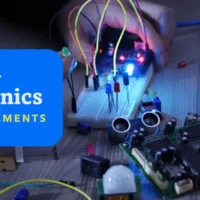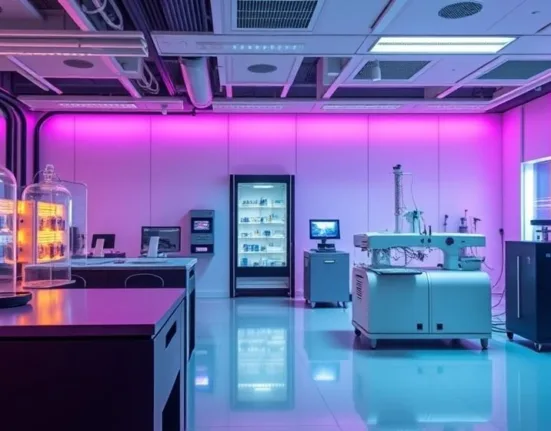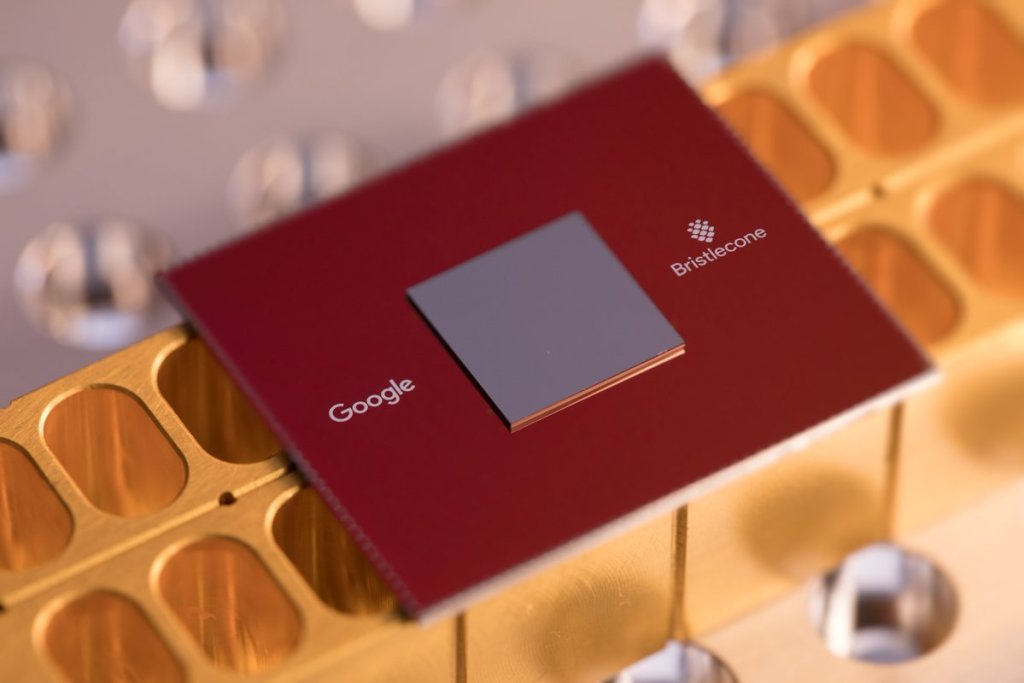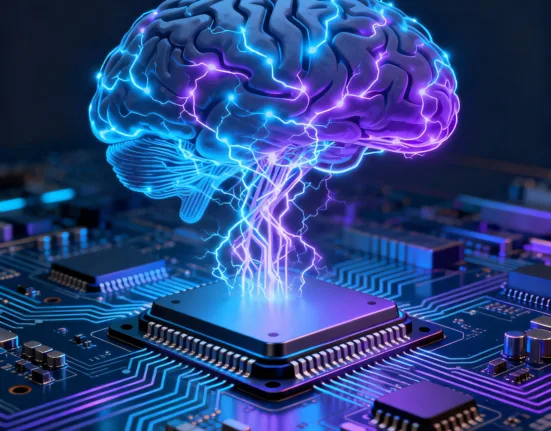UK Launches “Neuroware” First National Innovation Centre for Neuromorphic Computing Hardware
- by Priyadarshan
- 3 October 2025
- 3 minutes read
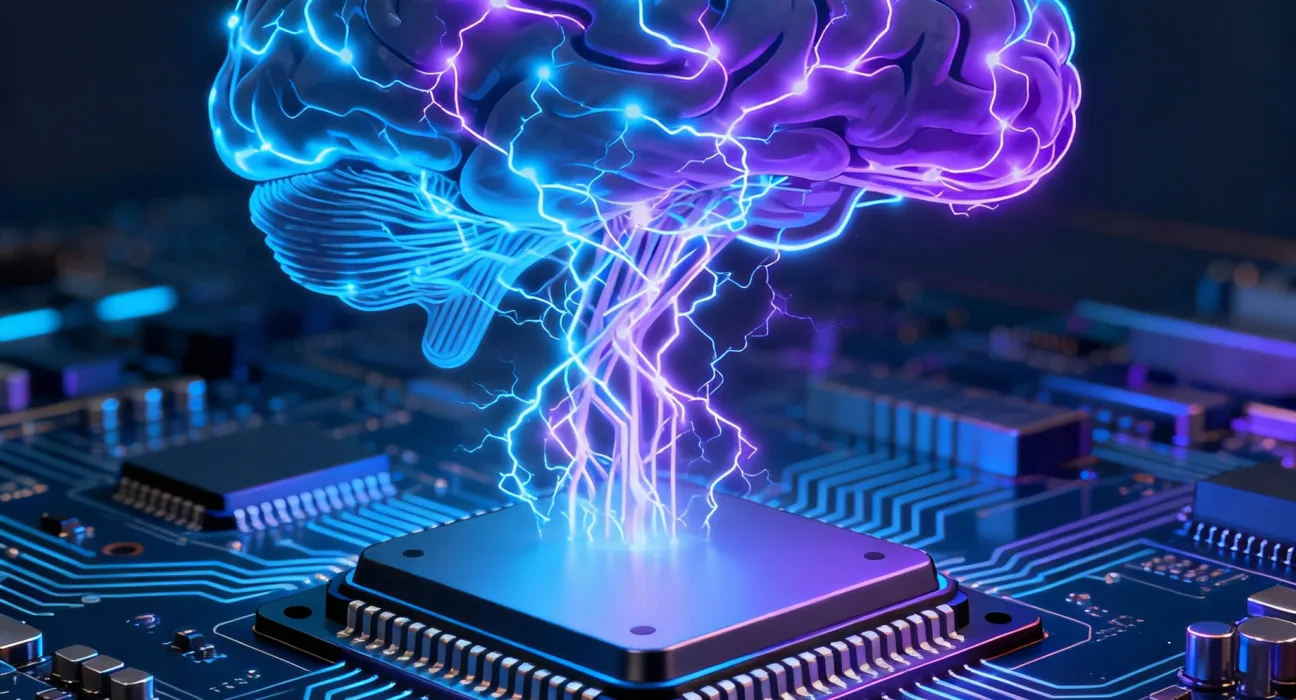
October 2025 marks a major milestone for the UK’s technology sector, as University College London (UCL) officially launches Neuroware, the country’s first Innovation and Knowledge Centre (IKC) dedicated to neuromorphic computing hardware. Backed by £12.8 million from the Engineering and Physical Sciences Research Council (EPSRC) and Innovate UK, this five-year initiative aims to accelerate the development and commercialization of brain-inspired computing technologies, positioning the UK as a global leader in this transformative field.
What Is Neuromorphic Computing?
Neuromorphic computing is a new class of hardware that processes information by mimicking the way the human brain works. Unlike traditional computers, which rely on sequential processing, neuromorphic systems are faster, more adaptive, and far more energy-efficient. This approach is now recognized as the “third stream” of semiconductor development, alongside digital and quantum computing.
Professor Tony Kenyon, Director of the IKC at UCL, puts it simply:
“Neuromorphic computing is a once-in-a-generation opportunity for the UK to lead in a transformative technology. We already have the research excellence and a vibrant start-up ecosystem. The Neuroware centre will provide the structure, scale and support to turn that potential into real-world impact.”
A National Consortium for Innovation
Neuroware unites a powerhouse consortium of leading UK institutions, including the universities of Cambridge, Oxford, Manchester, Strathclyde, Sheffield, Imperial College London, King’s College London, and the National Physical Laboratory (NPL). Each brings unique expertise—for example, the University of Strathclyde will focus on neuromorphic photonics, developing light-based technologies that are fast, energy-efficient, and scalable.
The centre will also work closely with major industry partners such as Arm, Intel, Microsoft, HP, Samsung, and the Tyndall Institute, ensuring that breakthroughs in the lab quickly translate into practical applications. A dedicated industrial user group will guide commercial engagement and adoption, helping UK startups and established firms alike.
From Lab to Market: Real-World Impact of Neuroware
Neuroware’s mission is clear: bridge the gap between cutting-edge research and real-world products. The centre will accelerate technologies from early-stage research (Technology Readiness Levels 1–4) to working prototypes and demonstrators (TRLs 5–7), supporting spinouts, licensing, and industrial collaboration.
Key focus areas include:
- Edge AI and IoT: Developing ultra-low-power smart sensors and devices for applications at the “edge” of networks, where energy efficiency is critical.
- Healthcare: Creating brain-inspired systems for medical diagnostics, monitoring, and personalized treatment.
- Security: Building adaptive, energy-efficient solutions for cybersecurity and surveillance.
- Sustainability: Benchmarking the energy and carbon performance of neuromorphic devices to support environmentally responsible adoption.
Why Neuroware Matters for the UK and Beyond ?
The launch of Neuroware in marks a defining moment for the UK’s technology ecosystem. The global attention is increasingly turning towards sustainable and energy-efficient computing. With the neuromorphic computing sector valued at £8.3 billion in 2025 and forecast to exceed £47 billion by 2034, the UK’s early investment positions it to capture major opportunities in the next decade.
This timing is critical. As of 2025, energy consumption for artificial intelligence training has reached unprecedented levels—developing models like GPT-4 is estimated to use more than 300,000 kWh per instance, underscoring the urgent need for more efficient hardware. Neuroware’s mission to advance neuromorphic systems could reduce computing energy use by up to 80%, exactly when 70% of IoT devices are predicted to run AI workloads by 2027.
For real-time updates and to join the neuromorphic computing discussion, readers can connect with our WireUnwired WhatsApp community.
Looking Ahead
With Neuroware now live, the UK is poised to make significant strides in neuromorphic computing hardware. The centre’s collaborative model—bringing together academia, industry, and startups—sets a new standard for turning research excellence into economic and societal impact. As Professor Kenyon notes, “I am delighted to be working with such an inspiring set of academic and industrial partners.”
Watch this space for updates on how brain-inspired computing is set to transform technology, industry, and everyday life in the UK and beyond.
Discover more from WireUnwired Research
Subscribe to get the latest posts sent to your email.





